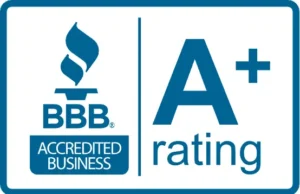Currently, Synchrony offers low monthly payments and many financing options. You can have your home repaired now and pay later with one of Synchrony's six monthly payment programs.
Home elevation has become an increasingly important consideration for residents of Kemah, located in Galveston County, Texas. This coastal community faces unique challenges due to its proximity to Galveston Bay and the Gulf of Mexico, making it particularly susceptible to flooding from storms, hurricanes, and rising water levels. As a result, many homeowners are exploring elevation options to protect their properties and comply with updated flood regulations.
The geographic location of Kemah in Galveston County places many homes in designated flood zones, where the risk of water damage is significantly higher than in other areas. Following major weather events like Hurricane Harvey, federal and local authorities have updated flood maps and building requirements. Consequently, homeowners may find that their properties now fall within zones that require elevation to meet current standards. Beyond regulatory compliance, elevation serves as a proactive measure to safeguard valuable investments and provide peace of mind during severe weather events.
Home elevation involves lifting an entire structure above its current foundation to a height that meets or exceeds base flood elevation requirements. This complex process begins with a thorough assessment of the existing foundation and structural integrity of the home. Professional contractors then disconnect utilities, carefully lift the structure using hydraulic jacks or other specialized equipment, and construct a new elevated foundation. Throughout this process, attention to detail is crucial to ensure the home’s structural stability and compliance with local building codes in Galveston County.
While flood protection remains the primary motivation for home elevation in Kemah, homeowners often discover additional advantages. Elevated homes typically experience lower flood insurance premiums, as insurance companies recognize the reduced risk of water damage. Furthermore, the space created beneath an elevated home can be utilized for parking, storage, or recreational purposes, effectively adding functional square footage to the property. Additionally, elevated homes often enjoy improved ventilation and cooling, which can be particularly beneficial in the humid climate of Galveston County.
When considering home elevation in Kemah, it’s essential to work with experienced contractors who specialize in residential projects. Companies like Allied Foundation focus exclusively on residential services, bringing specialized expertise to homeowner needs. These specialists understand the unique challenges presented by Galveston County’s soil conditions, local building codes, and flood requirements. They can guide homeowners through the permitting process, coordinate with local authorities, and ensure that all work meets the highest standards for safety and compliance. Their residential focus means they’re equipped to handle the specific concerns and requirements that homeowners face, rather than applying commercial construction approaches to residential projects.
Proudly Serving Kemah for over 40 years!


